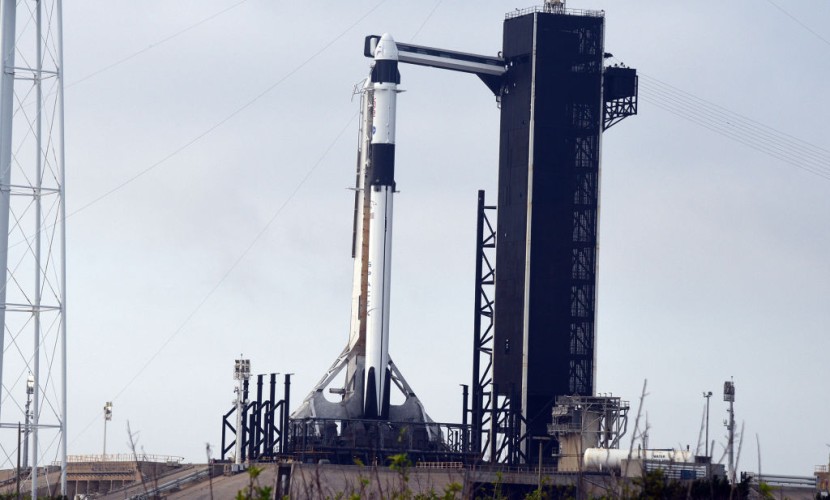
- India ISRo reportedly landed RLV autonomously in the Bay of Bengal after dropping from 4.5 kilometers high
- It is considered a hypersonic flight experiment (HEX) how the Reusable Landing Vehicle Behaved During its flight and landing phase
- If successful, India's RLV is seen as an alternative to Elon Musk's SpaceX
India's first reusable launch vehicle (RLV) was attached to a helicopter and lifted approximately 4.5 kilometers into the air before release. The Bengal Bay landing was based on the Hypersonic Flight Experiment (HEX), as reported by the Eurasian Times.
Adopting the space shuttle or RLV in 40 years with 145 launches was insufficient to maintain NASA's shuttle program. NASA observed that the upkeep was excessively costly and posed a risk to astronauts.
RLV Comparable to Start of SpaceX
With 14 astronauts dying in accidents, shuttle flights proved more hazardous than expected. Particularly the accidents of the USS Challenger in 1986 and the USS Colombia in 2003 permanently ended the US program. After that, they were eliminated from all space programs, compelling space research groups to create uncrewed launch vehicles and systems. They would be less dangerous and less costly to maintain.
Satellites are costly, and many entities need help to launch them into space. It involves space designers building reusable aircraft, similar to airplanes, that can be used for any purpose.
Nonetheless, according to ISRo, the Reusable Launch Vehicle is a spacecraft that is not disposable and is for one-time use only. The rocket booster is depleted, but the spacecraft is freed and returns to Earth for resupply after the mission is complete.
During the mission's landing phase, two possibilities exist for landing the unit. The Indian program will attempt a runway glide down from orbit or a splashdown.
SpaceX and the Satellite Industry
One is the Hypersonic Flight Experiment (HEX), in which the launch will determine the launch. The unit will be sent into orbit using an enormous booster rocket. The spacecraft will then re-enter the atmosphere and perform a controlled splashdown. The booster lands in the water and is discarded.
The second experiment of the Landing Experiment (LEX) employs a turbofan engine. It then enters space with the assistance of a rocket while approaching the atmosphere at Mach 5+. (hypersonic speed). Next, apply aerodynamic brakes to the speed brakes.
As the spacecraft reaches 0.8 Mach, it will perform a two-g rotation toward the launch site to ignite the turbofan engine. Next is a 0.6 Mach horizontal landing on the runway. The Experiment on Return Flight (REX) is identical to the first phases of the HEX and LEX, except that it will involve arriving and landing on Earth.
The Scramjet Propulsion Experiment (SPEX) is essential for determining how the spacecraft utilizing the scram engine performs during actual testing. These are the tests that the India ISRo conducts to determine whether or not it can land an RLV like SpaceX's machines.
Related article: PLA: Chinese Space Weapons Threaten US Space Assets Says Expert
© 2025 HNGN, All rights reserved. Do not reproduce without permission.








